For most of its lengthy history, this pub was The Commercial Inn. The name can be seen in capital letters on the gable end of the building facing Wharf Street. The inn is not one of the local ‘taverns and public houses’ recorded in 1842 or on the list of local innkeepers of 1845. However, its site is marked on the 1850 OS Map as an ‘inn’ – and the building is recorded as The Commercial Inn, Wharf Street, in the 1861 local trade directory.
A plaque documenting the history of The Commercial Inn.

The plaque reads: Situated alongside the Rochdale Canal, this building has bene a public house since the mid-19th century. It is not included in the 1845 list of inns, but is marked on local maps soon after then.
Originally named The Commercial Inn, the pub later became The Lock Keepers, after the adjacent Tuel Lane canal lock. Later still, it became The Wharf – the fourth public house of that name in Sowerby Bridge. Once again, it is now The Commercial Inn.
These premises were refurbished by J D Wetherspoon and opened in December 2013.
A photograph and text about The Commercial Inn.

The text reads: The Commercial Inn has been a public house in Sowerby Bridge for at least 150 years. For most of its lengthy history, it’s enjoyed the same name, as can be seen written on the gable end of the building, in capital letters, facing Wharf Street.
The inn is neither one of the local taverns and public houses, recorded in 1842, nor on the 1845 list of local innkeepers. However, its site is marked on the 1850 OS map as an inn, with the building recorded in the 1861 local trade directory as The Commercial Inn, Wharf Street.
In 1861, the landlady at The Commercial Inn was Hannah Hobson, a 53-year-old widow, who lived here with her two sons and a house servant.
The census taken that year records that her eldest son, Joshua, was 25. His younger brother, Joseph (20), was described as a waterman, presumably working on the busy canals in Sowerby Bridge. Both of Hannah’s sons, in turn, became landlord of The Commercial Inn: Joshua in 1864 and Joseph in 1874, so the local trade directory records.
During 1907-09, Walter Thomas Makepeace, a former steam engine maker and fitter, took over at the inn.
Text about the Sowerby Bridge Rushbearing Festival.
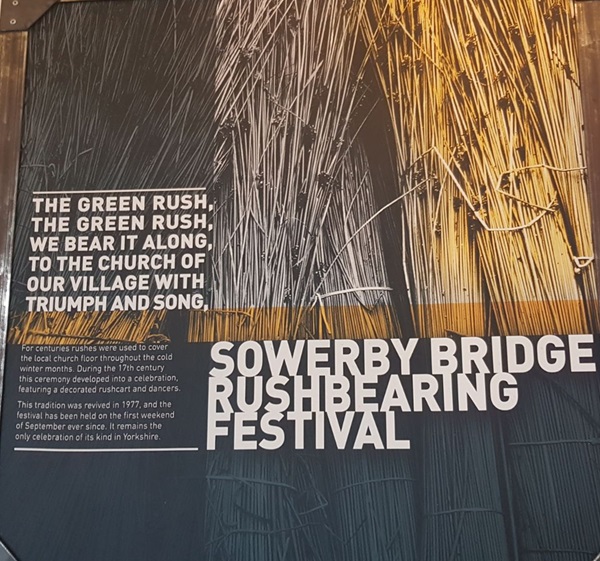
The text reads: For centuries rushes were used to cover the local church floor throughout the cold winter months. During the 17th century this ceremony developed into a celebration, featuring a decorated rushcart and dancers.
This tradition was revived in 1977, and the festival has been held on the first weekend of September ever since. It remains the only celebration of its kind in Yorkshire.
A map and text about Calderside Mill.
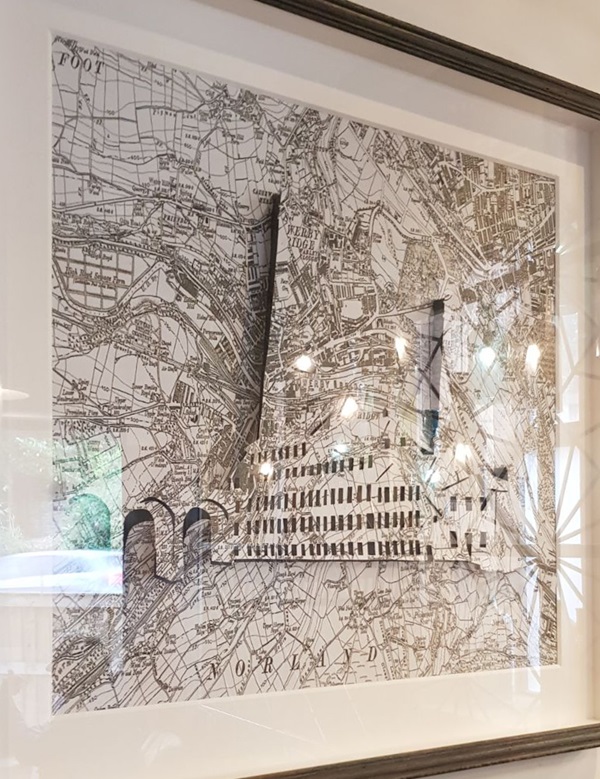
The text reads: Calderside Mill had a 300 foot chimney which in 1842 was said to be the tallest in the district. John Whiteley built the mill in 1824 for cotton spinning. In 1861 Ino. Whitley (presumably John’s son) carried on cotton spinning under the name of Calderside Company Ltd.
In 1875 Taylor, Hume and Williamson converted Calderside Mill into a dye works, seemingly taking over the company name.
Then in 1899 William Williamson became the sole proprietor and the company name was changed to Calderside Dyeing Company (described as dressers, bleachers and dyers). The 5-storey building was increased by 2 storeys. It employed 30-40 men, mainly from Hebden Bridge. During the 1960s the building was finally demolished.
A map and text about Sowerby Bridge.
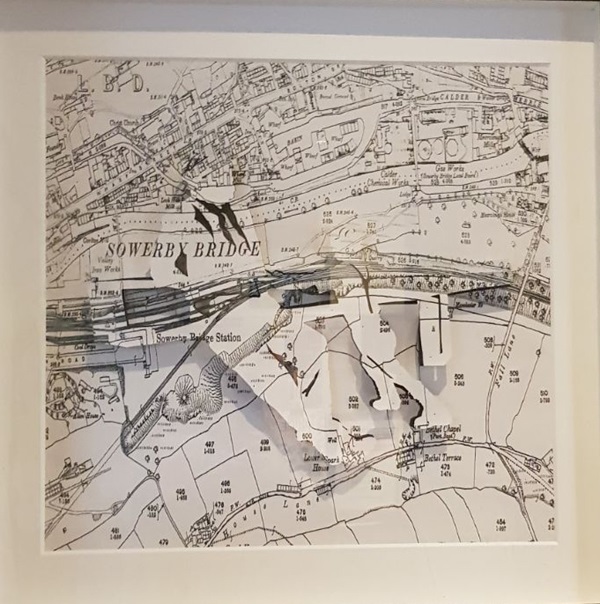
The text reads: Situated in Sowerby Bridge, at the entrance to the old wharf, stands a life size bronze sculpture by artist Roger Burnett of Richard Tiffany pushing backwards against a lock gate arm. Richard was Sowerby Bridge’s town lock keeper for many years when the Rochdale Canal was still being used as a commercial canal.
His real great grandson was used as a model for the young boy.
A print of John Tillotson.
John Tillotson was born in Sowerby in 1630 and was appointed Archbishop of Canterbury in 1691.
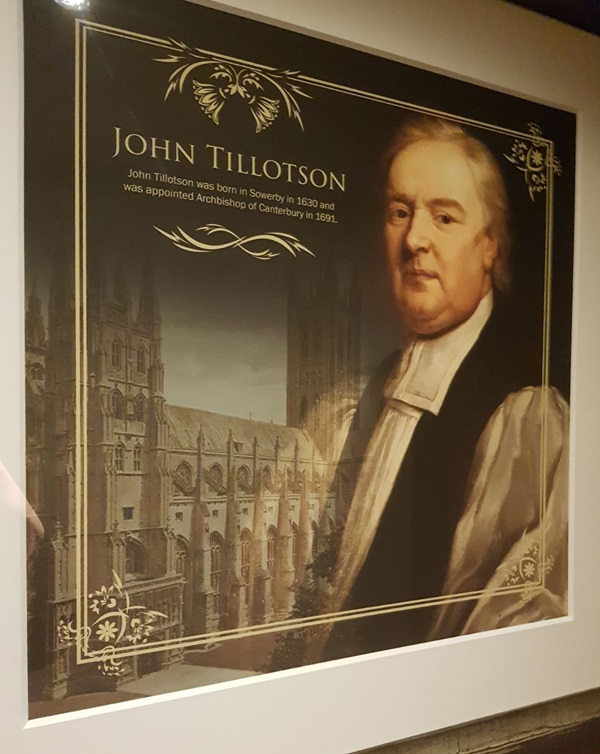
External photograph of the building – main entrance.
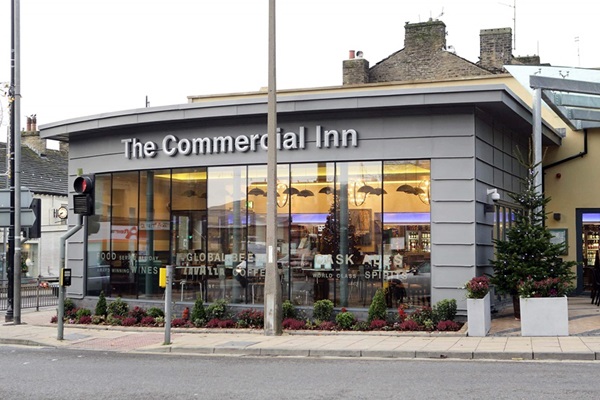
If you have information on the history of this pub, then we’d like you to share it with us. Please e-mail all information to: pubhistories@jdwetherspoon.co.uk